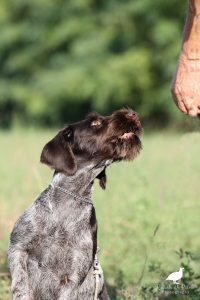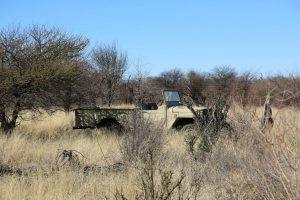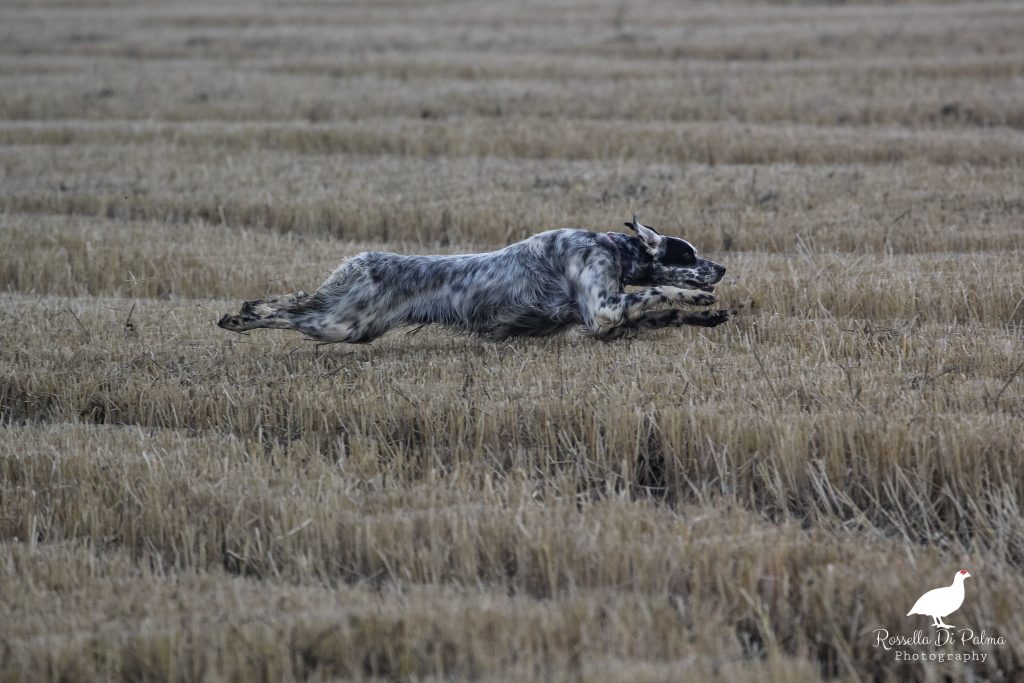Some collars are better than others
I am, I must admit, a picky person who tends to research things before purchasing them but, when I find something I like, I tend to stick with it. When I decided to buy a definitive collar for Briony, I ended up at Maxizoo (a supermarket for pets) and I opted for a flat Hurtta collar. I liked the colour (red) and the softeness (neoprene). I did not want a leather collar, as I like to wash my collars sometimes, a soft, synthetic one was just perfect. Besides liking its softness and its design, I quickly realized this collar could offer more. It was, indeed, a cross between a standard flat collar and a choke collar. You could not really choke the dog, but the fact the it could get tighter is extremely useful as this forbids the collar from slipping away. This should never happen, but it can indeed happen to dogs with narrow heads, wearing standard collars: if the dog bounces backwards for any reasons, he can quickly get out of the collar. Those owning sighthounds, infact, tend to purchase specific “sighthounds collars”, or to rely on half choke collars that naturally get tighter around the dog’s neck. The old Hurtta flat collar, however, is way more wearable than the standard half-choke collar and does not look bad as sighthounds collars often do on other breeds: it does not hang from the dog’s neck and can therefore be left on the dog without any risks. In a few words, it is small, ergonomic and handy. I think this collar has a lot of Pros and just a few Cons: colour fades quickly and price is a bit high, if compared to similar model but, its other talents make it worth a purchase. The problem is… that Hurtta does not longer produces them. I e-mailed the company and they, unfortunately, confirmed this.
I therefore had to find another collar like this and, to be honest, I still haven’t found any, but I found a very nice lady from Germany who did its best to copy this model. She was the only person (I contacted a few) accepting to try to recreate a model without having it in her hands. Barbara Schoenen, of the Etsy shop “The Present for You” gave me ample choice and I could literally design my own collar. I could pick the cloth I wanted and she even ordered a specific red neoprene that would match nicely with the pattern I choose. This lady tried very hard to make the perfect collar and whereas it is not perfect yet (but she is working on improving it), she gave me a high quality product. The collar is sturdy and safe and can be ordered with a plastic (lighter) buckle or with a sturdier metal buckle, perfect for bigger dogs. Mine is made of cotton and neoprene. The cotton cloth is high quality but it is quite “smooth” and the intermediate hooks tend to move a bit. A rougher cloth would probably be better at keeping them in place but, again, mine is just a minor complain. These collars cost a bit more than those you can find in shops, but their prices are extremely reasonable and having your own, unique, handmade collar, has no price. Shipping fees are reasonable as well and the collars come nicely packed, perfect to be gifted to someone, or to yourself! So as a Pros we have: fully customizable; artisan willing to do what you ask; excellent quality and great quality price/ratio. As a Cons I’d say that some things might be slightly improved; metal buckle is very sturdy but makes the collar too heavy for a setter (but it isperfect for a Labrador, GSP, GWP…; price is higher than the standard collar in shops (but not much higher than the Hurtta); a bit of waiting to get it made.
Before closing the article I would like to mention a third option, the Hunter standard collar named Hunter Neoprene Vario Plus. I saw one in a shop and bought it while waiting for Barbara’s collar to come. Why did I buy it? Quality/price ratio is great, this collar was around 10 euros or less and it is nicely made, using nylon and neoprene and adding a few more euros you can get a matching lead available in different length. It comes in a few nice colours and you can easily find it online or in shops. So… which are the Cons? Intermediate “hooks” slide as well and, most of all, the collar, despite looking like the Hurtta one, is indeed a standard flat collar and it can slip away if your dog has a narrow head… It happened to me. It could be an excellent and affordable option if you have a large headed dog, not the best option with a narrow head.




